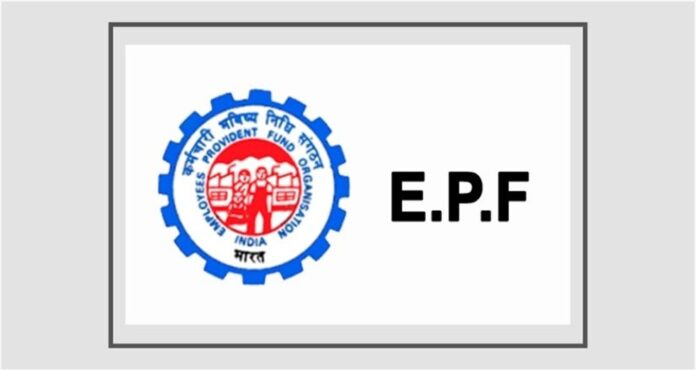The Indian financial industry is a plethora of systems, schemes, protocols, and programs. Among them, the Employee Provident Fund (EPF) is a significant one that hovers around your monthly salary deductions. It may seem trivial considering the small amounts deduced, but in the long run, the collective funds can serve as a savior, a small fortune upon your retirement. In this ebb and flow of managing your EPF account, the UAN member portal plays a critical role. If you are an EPF contributor, becoming familiar with this UAN portal can make your life significantly easier.
Exploring the Power of UAN Portal
Universal Account Number (UAN) is a 12-digit unique number allotted to each EPF contributing employee. This UAN remains constant throughout the lifetime of an employee, irrespective of the number of job shifts. The UAN portal is an online platform developed by the Employees Provident Fund Organization (EPFO) where you can manage your EPF account using this UAN.
The portal provides various services such as EPF balance checks, passbook downloads, KYC updates, and much more. The UAN portal is designed to make the process of managing an employee’s EPF balance as transparent and convenient as possible.
Steps to Accessing UAN Portal
Getting hands-on with the UAN portal starts with the activation of your UAN. Asking your employer will fetch your UAN. Visit the UAN member portal, click on ‘Activate UAN.’ Fill in the required details including your UAN, mobile number, and the captcha code along with other required fields. Post verification over the mobile number, your UAN is activated.
After activation, you can access the UAN portal using your UAN and Password. You can then update your Know Your Customer (KYC) details, link your Aadhar card, and access detailed monthly reports.
Money Management on UAN Portal
The UAN portal allows you to check your EPF balance at any time. Moreover, it doesn’t require the PF number, making it very easy and convenient. The portal enables you to download your EPF passbook which is updated monthly with the total balance in your EPF account, including the employee and employer contribution along with the accrued interest.
Claiming EPF online is now possible thanks to the EPFO’s tireless efforts to increase transparency and reduce bureaucracy. Clicking on ‘online services’ and further choosing the ‘claim’ option takes you to a page where you can submit your claim online. After logging into the UAN portal, filling the claim form allows you to make a partial or complete withdrawal.
Conclusion
With the UAN portal, managing your Employees Provident Fund is made much more transparent and accessible. The portal has been designed to simplify the processes involved in maintaining EPF accounts. It is a boon to every working professional, providing unparalleled clarity and simplicity in understanding the deductions from their salary towards their retirement fund.
However, investing in the Indian financial market is a big decision that involves various factors. All consumers should take time to understand the pros and cons of any investment before proceeding. The information provided in this article is strictly for informational purposes only and should not be considered as financial advice. Always consult with a financial advisor before making any significant monetary decisions.
Summary
Managing your EPF account is integral to secure a considerable retirement fund. A paramount tool in this process is the UAN member portal, an online platform to manage your EPF account. The portal requires activation with your Universal Account Number (UAN) and offers services such as EPF balance checks, KYC updates, and online claim settlements. The UAN portal aids transparency and convenience in managing your EPF account. However, making any financial decision, such as investing in the Indian financial market, requires careful examination. Always consult a financial advisor before making any significant monetary decisions. The content in this article is meant solely for informational purposes.

